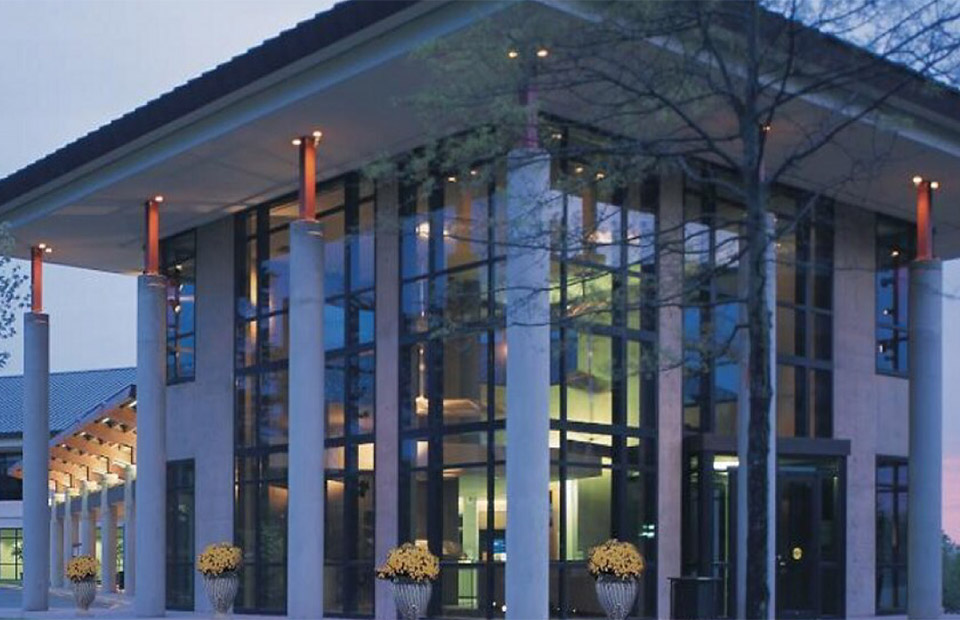 If you are tasked with creating an experience that will help your participants achieve a specific outcome, consider going experiential. Experiential learning techniques blend learning with activities, exercises, and adventure elements, along with quiet time to absorb and integrate the learning, and post-event coaching.
If you are tasked with creating an experience that will help your participants achieve a specific outcome, consider going experiential. Experiential learning techniques blend learning with activities, exercises, and adventure elements, along with quiet time to absorb and integrate the learning, and post-event coaching.
Here are six trends in experiential learning to be on the lookout for, according to The National Conference Center:
1. Find an open space for barrier-free learning. Instead of meeting in a traditional meeting room or classroom, look for a lab or open-space area where you can simulate real-world interactions and train people using realistic scenarios.
2. Mix classroom training with outdoor activities—but make the challenge part optional if that’s not something that’s going to work for everyone in your group or will further your group’s goal for the learning. While some may appreciate rope courses, others may wish they could choose not to participate—there should be a role for everyone.
3. Create “shared experiences,” such as a building project, where everyone is involved collectively. These experiences should take everyone from C-level executives to assistant managers out of their comfort zone and into a creative problem-solving task that will help them construct ways to achieve their goals.
4. Learn through silence. Silence can be powerful in our high-speed, technology-dependent world. Facilitators are allowing more time for conferees’ solo quests, reflection, meditation time, and activities like yoga that can provide powerful reconnection with the natural world, and the true inner self, opening new channels of connection and learning.
5. Learn by doing. Carefully chose experiences that are supported by reflection, critical analysis, and synthesis. This will engage the learners to be doing something that connects to an area they hope to improve or develop. The learner is actively engaged in posing questions, investigating, experimenting, being curious, solving problems, assuming responsibility, being creative, and constructing meaning.
6. Learn through application. Historically, a skilled professional would use a structured process to facilitate debriefing throughout the process and at the conclusion of a program. While this still occurs, there also is now a post-program debriefing application that helps participants translate learning back to the office over time. Among the strategies that can help facilitate this continued learning process are self-directed debrief meetings, professional coaching sessions by phone or in person, and follow-up mini sessions at the one-, two-, or three-month intervals. These sessions can help participants apply what they learned in real time, and they can be held on the participants’ workplace or scheduled as an offsite activity.
Source: The National Conference Center and its partner The Browne Center.





